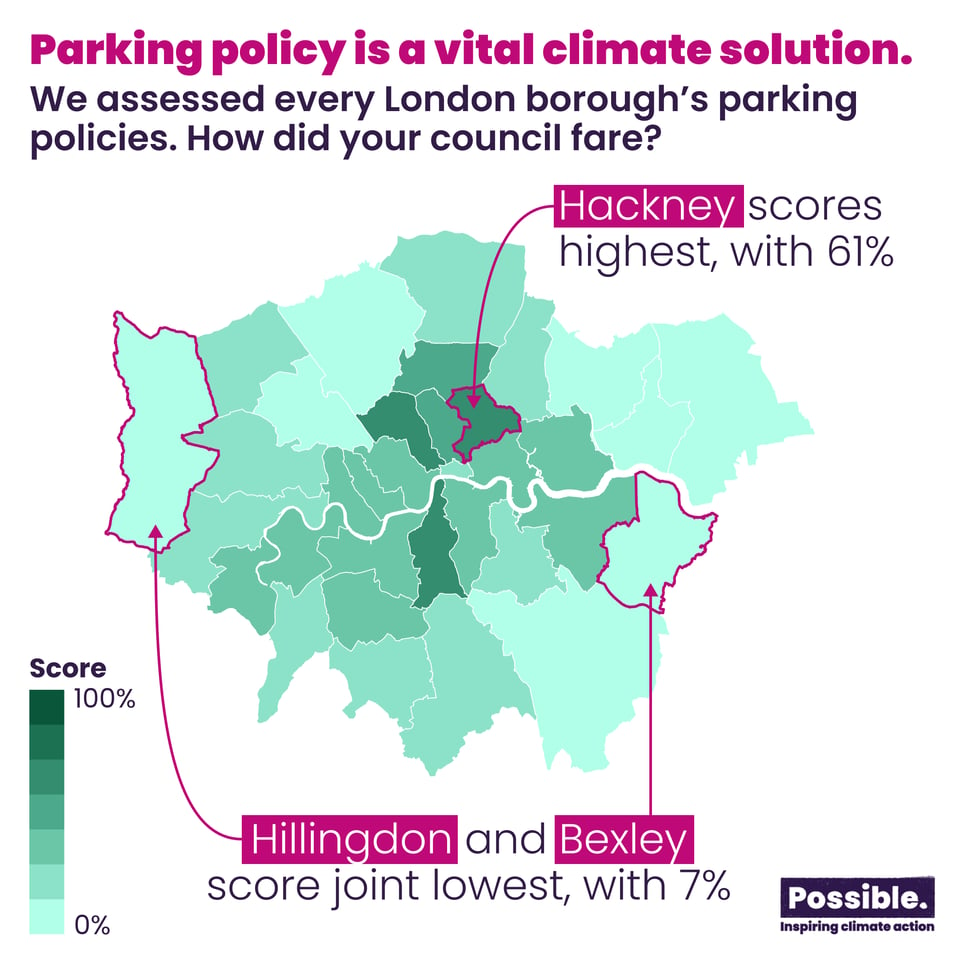Monthnotes: June 2024

Every month or so, I share a quick digest of what I've been working on and reading. Here's the latest. More in the series here.
Things are pretty busy right now. I've somehow got myself into a situation where I'm delivering six talks in three weeks or so, on several different topics - though all sonification-adjacent. Some are about Scorched Earth, the artwork that my sonification studio Loud Numbers created for the Nature's Harmony exhibition in Helsingborg. Some are about Open Sonifications, the manifesto I've been working on with Jamie Perera and Jordan Wirfs-Brock. And then I'm taking the train down to Luxembourg in the last week of June to appear at Asteroid Day.
After all that, though, I'm taking July off. A proper Swedish-style five-week summer holiday, during which I'll be going nowhere (except a short four-day trip to Gothenburg) - just hanging out, eating good food, seeing friends, going on walks, and playing music. Relaxing and preparing for what's already shaping up to be a busy autumn. More on that next time.
The Carrington Event, the live, post-rock sonification that I performed three times earlier this year, was enough of a success that as promised, I'm going to be releasing a recording. I was hoping that it'd be finished in time for this newsletter, but there are a few tweaks left to do so it didn't quite make the cutoff - it's a really challenging track to mix, because it goes from relatively calm, quiet parts to extremely overwhelmingly loud parts, and back again.
As previously mentioned, I'm releasing this piece in conjunction with St Silva, a.k.a. Ben Dexter-Cooley, who's also created his own live sonification of the same dataset. So within the next month, you'll see it pop up on Bandcamp. If you want to hear it, you can either wait until my next newsletter or keep an eye on the Loud Numbers Bandcamp page.
I've been playing a tonne of Animal Well - a beautiful enigmatic platformer set in a creepy/cosy underground world full of animals. It's one of those games with a lot of puzzle layers - some of which you'll be able to solve immediately, some of which you'll need to find an object to solve, some of which you'll have no idea whatsoever how to solve, and some of which you might not even notice until you've spent tens of hours in the game.

I really don't want to say too much about it, because so much of the delight of this game is in the discovery, but I've now seen the second of four(?) endings. I got to the first credits-roll without looking anything up, but I'll admit that I relented after that to find some of the missing eggs, and now I'm working on the bunnies. I appreciate how nonsensical that might sound to those of you who don't play videogames.
Either way, if you like games and haven't played Animal Well then you absolutely should, and if you like games and have played Animal Well then I would love to chat about it with you. Hit reply.
Twenty-five visual design rules that you can safely follow every time (via Giuseppe). So much great and practical advice here for levelling up your design skills! My favourite:
You should be deliberate about absolutely everything in your design. This means whitespace, alignment, size, spacing, colour, shadows. Everything. If someone points at a random part of your design you should have an explanation for why it looks that way. If you do not do this your design will not feel coherent.
If you are new to design you can use this rule as a prompt to learn more about what you are not deliberate about yet.

The big problem of cars is really just that there are too many of them. Lots and lots of people drive who don't need to, which means that people who do need to end up stuck in traffic, and having a nightmare trying to find a place to park. And that's before you start counting up the carbon emissions, road collisions, and air pollution associated with all of those cars.
One of the best ways that local governments can get people who don't need to drive out of their cars and onto bicycles, public transport and their feet, is to use parking policy. So my team at Possible, alongside Living Streets and CPRE London, assessed the parking policies of all of London's boroughs. You can see the results in a custom website I built.

If you're outside of London and want to see how your local council scores, we've got a tool that you can use to do your own assessment. Head this way to access it.


This cartography of generative AI is a really beautiful bit of work, but did you know that plans to close coal power plants in the US are being slowed down due to concerns over the energy use of the data centres powering AI models? (via Andrew Dana Hudson, whose latest newsletter on the subject is so good)
This is the ultimate danger of the renewables transition. Solar and wind energy capacity is growing super fast, but if it's used to expand the amount of energy we use, not to replace the dirty energy we use, then emissions will simply not go down.
You know you’re getting old when the latest canonised saints are younger than you.


The Department of Umbrology is a division of study and intervention founded on the principles of an urbanthropocenic anthropology. Its main task is the creation of devices to equip future professionals of umbrology, with a particular interest in shade analysis and the politics of shadows. Our main objective is to re-enliven shade knowledges and practices, working «on shadows, from shadows.»
Yes yes yes.

Finally, I'll leave you with Gregory Bennett's "The Heat Death of the Internet", published in takahē magazine. Here's how it starts:
You want to order from a local restaurant, but you need to download a third-party delivery app, even though you plan to pick it up yourself. The prices and menu on the app are different to what you saw in the window. When you download a second app the prices are different again. You ring the restaurant directly and it says the number is no longer in service. You go to the restaurant and order in person. You mention that their website has the wrong number and the woman behind the counter says they have to contact the company who designed the site for changes, which will cost them, but most people just order through an app anyway.
Read the rest, despair, plot to make the internet better, and I'll see you next month.
- Duncan




